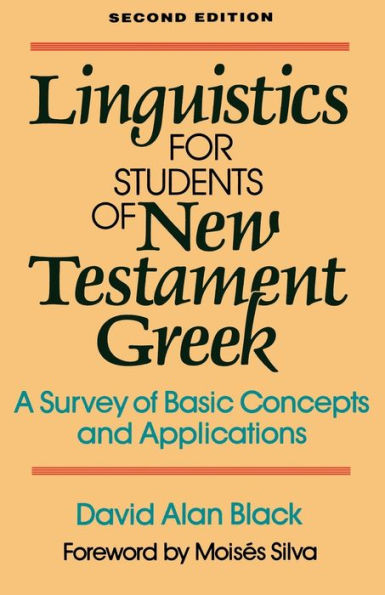| Foreword | ix |
| Preface to the Second Edition | xi |
| Preface | xiii |
| Acknowledgments | xvii |
| 1 | Introducing Linguistics: The Landscape and the Quest | 1 |
| Why Study Linguistics? | 1 |
| What Is a Linguist? | 4 |
| What Is Linguistics? | 5 |
| How Do Linguists Go About Their Work? | 5 |
| How Does Linguistics Differ from Traditional Grammar? | 12 |
| How Do Linguists Characterize Language? | 15 |
| How Is Linguistics Related to Other Fields? | 18 |
| Suggestions for Further Reading | 22 |
| 2 | Phonology: The Sounds of Greek | 23 |
| Language as Sound | 23 |
| The Speech Process | 24 |
| Phonetics: How Sounds Are Made | 25 |
| Phonemics: Sounds as System | 40 |
| Common Phonological Processes in Greek | 42 |
| Why Study Phonology? | 51 |
| Suggestions for Further Reading | 52 |
| 3 | Morphology: The Anatomy of Greek Words | 53 |
| The Concept of the Morpheme | 53 |
| The Greek Morphological System | 58 |
| Why Study Morphology? | 91 |
| Suggestions for Further Reading | 94 |
| 4 | Syntax: The Architecture of the Greek Sentence | 96 |
| Structure and Content Words | 97 |
| Immediate Constituent Analysis | 100 |
| Greek Sentence Patterns | 102 |
| Expanding the Greek Sentence | 106 |
| Transformations | 114 |
| Suggestions for Further Reading | 118 |
| 5 | Semantics: Determining Meaning | 120 |
| Etymology | 121 |
| Word and Concept | 123 |
| General and Secondary Meanings | 124 |
| Synonyms, Hyponyms, and Opposites | 125 |
| Semantic Classes | 128 |
| Ambiguity | 129 |
| Denotation and Connotation | 130 |
| Idioms | 131 |
| Rhetorical Language | 132 |
| Semantic Change | 136 |
| Analyzing Discourse | 138 |
| Suggestions for Further Reading | 141 |
| 6 | Historical and Comparative Linguistics: The Biography of Greek | 143 |
| The Indo-European Family of Languages | 144 |
| The Story of Greek | 149 |
| Major Characteristics of Koine Greek | 156 |
| English and Greek | 162 |
| Suggestions for Further Reading | 168 |
| 7 | Discourse Analysis: Getting the Big Picture | 170 |
| Exemplar: The Discourse Structure of Philippians | 172 |
| The Primary Text-Sequences of Philippians | 173 |
| The Primary Sub-Sequences of Philippians | 176 |
| Summary: The Discourse Structure of Philippians | 191 |
| Conclusion | 196 |
| Suggestions for Further Reading | 197 |
| Postscript | 199 |
| Subject Index | 203 |
| Scripture Index | 213 |



